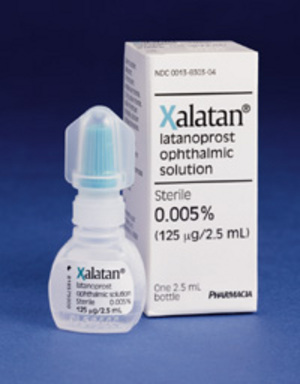Goniodysgenesis in dogs is an eye problem that can lead to glaucoma and consequently to the loss of the dog’s vision if it is not treated. This canine eye disease usually occurs from an “abnormal pectinate ligament” that has structures on it that resemble the teeth on a comb. Normal pectinate ligaments are tiny channels in the eye that create a tunnel-like structure and allows intraocular fluid to move throughout the dog’s eye from the ciliary body by taking a route that includes traveling “around the lens, through the pupil and into the drainage angle in the front of the eye.” Goniodyogenesis blocks the movement of this intraocular fluid in the dog’s eye, causing pressure to build up in the eye and becoming a cause Primary Glaucoma.
Symptoms of Goniodysgenesis that dog owners should watch for are dilated pupils, the white in the dog’s eyes may be reddened, the dog may have eyes water more than normal, the dog may have photophobia which is light sensitivity or blepharospasms which is winking spasms. Other symptoms that the dog may have are behavioral changes such as refusing to eat, not wanting it’s head touched or even hiding from people. Also, the dog’s 3rd eyebrow may be raised or the eye may have fallen into the dog’s eye socket and the dog may appear to be in pain. If a dog owner becomes aware of their dog having any of these symptoms, a trip to their veterinarian is in order for a diagnosis and for treatment to start.
Diagnosis by a licensed veterinarian generally includes a physical exam and medical history of the dog to be taken. After these two procedures are completed, the veterinarian may perform a gonioscopy, which is a procedure that can detect if any changes to the drainage angle in the dog’s eye have occurred. The veterinarian may also measure the intraocular fluid pressure located in the dog’s eye. A diagnosis is necessary and will aid the veterinarian in the treatment program that will be followed to care for the eye problem.
Treatment of Goniodysgenesis in dogs should occur as soon as possible to avoid vision loss, or to even reverse the vision loss the dog may have already had due to this eye problem. The veterinarian that diagnosed the condition may prescribe a medication to lower the intraocular pressure in the eye and/or suggest a surgical technique to correct the problem such as cyclocryotherapy, creating other drainage channels or even laser therapy.





